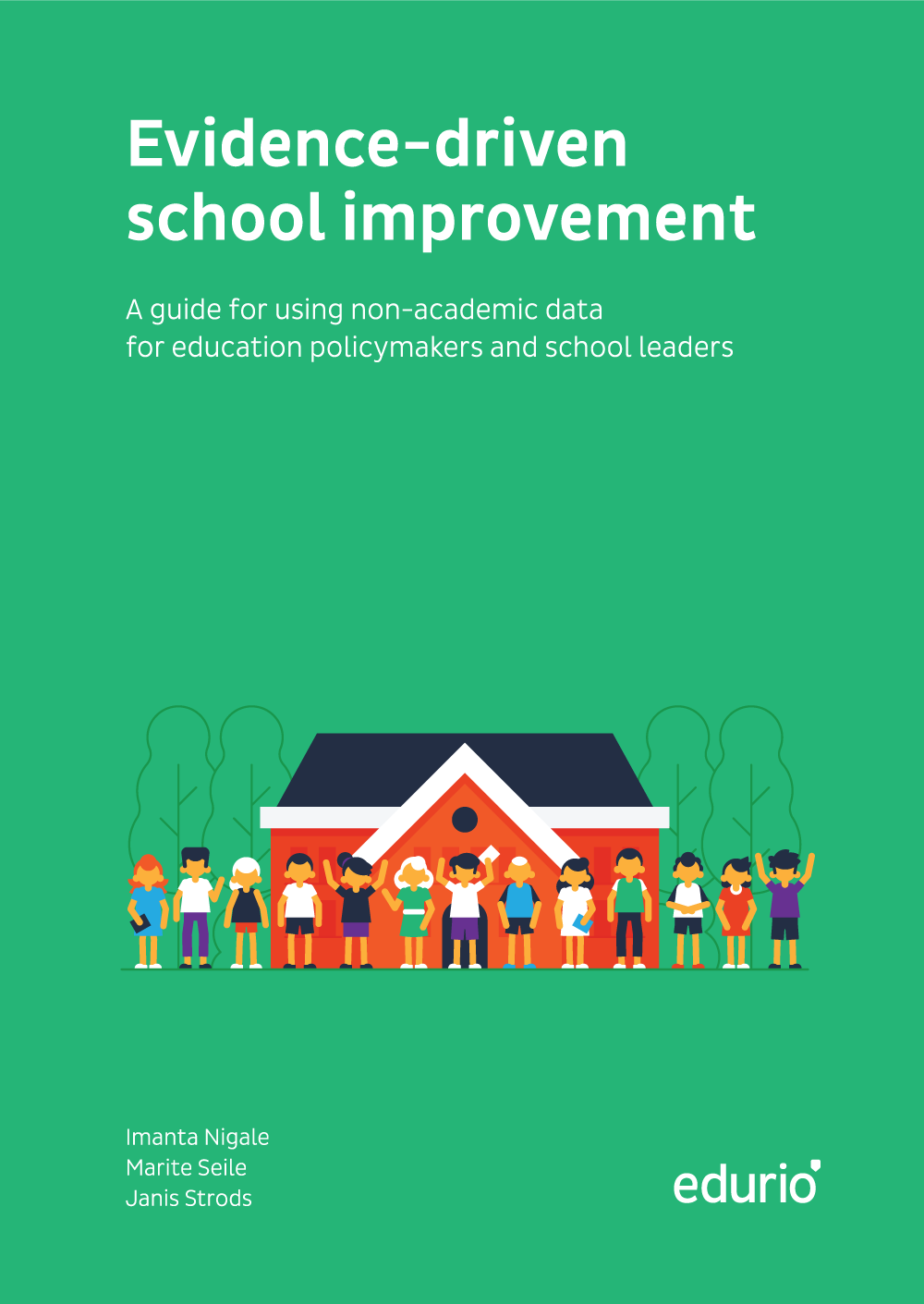Evidence-Driven School Improvement
Evidence-Driven School Improvement
A guide for using non-academic data for education policymakers and school leaders
A guide for using non-academic data for education policymakers and school leaders
Introduction
Finding the best route towards school improvement has become an abstract and elusive target for
educators and policymakers worldwide. No two school systems are alike — the differences in context
are just too significant. These differences are magnified even further when looking at each
school with its unique group of students and teachers. Thus, finding a one-size-fits-all approach to school
improvement is nearly impossible.
Fortunately, however, patterns in school improvement can be identified, showing that school systems
that succeed in achieving excellence have at least two common traits:
- A school improvement process guided by evidence: understanding the situation at
every level — from the entire education system to each student — is vital for choosing
the best policy interventions and successfully implementing them. - Schools in charge of their own improvement: increasing schools’ autonomy, making them fully responsible for creating the right learning conditions, and supporting them with the tools and expertise necessary for the job.
Inside the guide
Our step-by-step book aims to guide policymakers and school leaders in school-led, evidence-based improvement by providing a set of tools for gathering the right data, making evidence actionable, and establishing a culture of collaborative inquiry.
At Step 0: Before Getting in the Loop this book will guide you through a series of self-reflection exercises to audit your schools’ preparedness for introducing a culture of feedback.
Then, at Step 1: Set Goals we provide a structure for setting a clear goal for your engagement with feedback data, so you structure your vision for more evidence-based work.
Step 2: Gather Evidence focuses on choosing the most appropriate data sources and collecting feedback. Here we provide practical tips on building a good survey, as well as organising classroom observations and structured discussions.
Steps 3 and 4 guide you through the process of data analysis, as you explore feedback data and begin to draw conclusions. Here we cover data exploration to avoid jumping to conclusions, with reflection questions and examples to show the thought process for analysis.
Finally, Steps 5 and 6 are all about translating your learnings into school improvement. We do this by designing a data-informed action plan and providing a structure for revisiting the school improvement processes regularly.

Complete the form below to receive your free copy:
Complete the form below to receive your free copy:

Do you want to understand your trust's community better? Use stakeholder feedback to keep track of culture, as well as other important topics like working conditions, learning process and engagement.